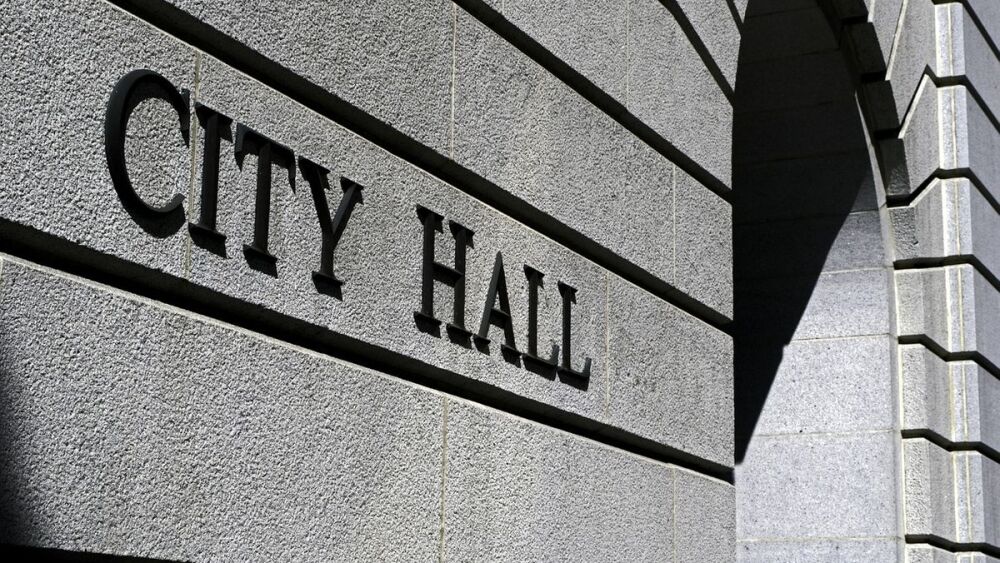By Carrie Rossenfeld
Globe Street
SAN DIEGO—From a desalination plant in Carlsbad to a state-of-the-art leakage-detection device, San Diego has been making huge strides in water conservation, Lee & Associates’ Monique Medley tells GlobeSt.com. In Part 1 of this two-part exclusive story, we spoke with Medley about the San Diego industries hardest hit by the drought. In Part 2, we discuss with her the county’s water-conservation achievements and advancements and what they will mean for water use going forward.
GlobeSt.com: What are some of the San Diego’s water-conservation accomplishments?
Medley: As a recent graduate of the SD County Citizens Water Academy—including lectures, tours of the Colorado River Aqueduct system and various reservoirs and water-treatment facilities—I am in awe of San Diego’s impressive innovations and water-conservation efforts. Already nationally known as a hub for innovation with an inspiring talent pool, San Diego was recently named “one of the smartest cities in the world” by National Geographic. Along this same vein, SDCWA’s water-related achievements and capabilities are known in the industry worldwide. Consequently, people come from all over to learn from our engineers. Long before the drought, SDCWA began promoting water conservation and helped to reduce the region’s per-capita water use by more than 20% since 2007, an impressive feat for a rapidly growing city. SDCWA aspires to continue fueling our $206-billion economy, limiting the financial impact on businesses and eliminating unnecessary outdoor water usage.
GlobeSt.com: What specifically has been achieved by the San Diego County Water Authority?
Medley: SDCWA’s impressive and groundbreaking achievements include:
- San Vicente Dam raise of an additional 117 feet using roller-compacted concrete and more than doubling the storage capacity of this reservoir;
- Carlsbad Desalination Plant—the largest seawater desalination project in the Western Hemisphere including a state-of-the-art energy-recovery system.
- Twin Oaks Water Treatment Plant—the world’s second-largest submerged-membrane treatment plant in the world and the first treatment plant built by SDCWA;
- Use of more than 7,500 solar panels operating at three of the Water Authority’s locations;
- The large Magnetic Field Leakage device—new technology engineered by the Water Authority, which can identify anomalies as small as the size of a quarter in our large and aging pipelines;
- Canal-lining projects—adding decades to the life of our water-delivery infrastructure;
- Increased use of ozonation—destroys a wider range of microorganisms, produces fewer byproducts and more efficiently removes unpleasant tastes and odors than traditional chlorination;
- Installation of 100 GPS units in the SDCWA fleet—to lower greenhouse-gas emissions and allow for more-effective vehicle dispatch and analysis of vehicle engine performance and speed;
- Hydraulic systems—used to pump water between reservoirs at strategic times to help support the electrical grid and to make water available to the San Diego region in the event of an interruption;
- Over 28,800 acre feet of (non-potable) recycled water is currently reused within the SDCWA’s service area;
- Environmental contribution of $64 million to fund environmental mitigation projects and theSalton Sea Restoration Fund.
Read full coverage here.












